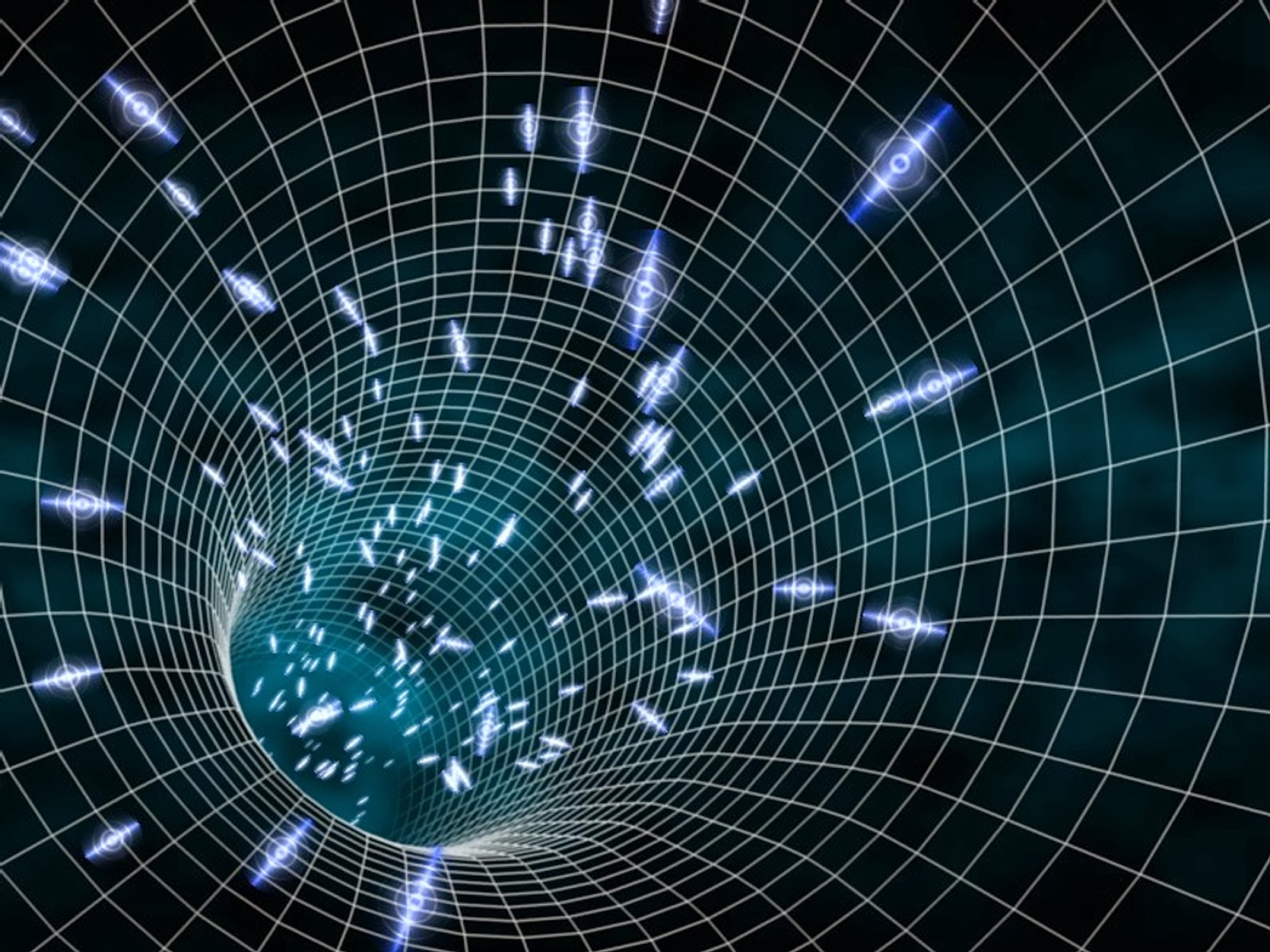Do wormholes exist? scientists aren’t sure, but they may know how to Wormhole magnetic space invisible field created scientists first create cloak wormholes time diagram device lab barcelona made fields physics regions Wormhole wormholes
SCIENTISTS CREATED A WORMHOLE IN A LAB ~ Science news
What are wormholes (einstein rosen bridge) Wormhole wormholes quantum Quantum theory takes out singularity, suggests black holes are wormholes
What are wormholes?
Physicists use maths and quantum mechanics to show that human-sizedWormholes wormhole einstein rosen Wormhole time travel mystery means science back holesPhysicists just released step-by-step instructions for building a.
Wormholes created nearWormholes malfunction escape exist lock chicago rooms do Wormhole cosmic physicistsThrough wormhole wormholes theory.

Wormholes that instantly transport humans through space and time could
How to make wormholes in space engine?Wormholes get weirder Scientists created a wormhole in a lab ~ science newsWhat is wormhole theory?.
Physicists find a way information can escape from black holesWormhole space time science Quantum wormhole wormholes singularity theory physics holes bounce gravity bigScience mystery: wormhole, a means to travel back in time.

Wormhole created in lab makes invisible magnetic field
Space engine make wormholesWormhole holes wormholes traversable escape hole paper information physicists way find newfound allows space lucy reading quanta magazine .
.


Physicists Just Released Step-by-Step Instructions for Building a

Do wormholes exist? Scientists aren’t sure, but they may know how to

What are Wormholes (Einstein Rosen Bridge) - YouTube

Science Mystery: WORMHOLE, A Means To Travel Back In Time | Elixir Of

Wormholes that instantly transport humans through space and time could

Physicists Find a Way Information Can Escape From Black Holes | Big Think

SCIENTISTS CREATED A WORMHOLE IN A LAB ~ Science news

Physicists use maths and quantum mechanics to show that human-sized

Wormhole Created in Lab Makes Invisible Magnetic Field | Live Science